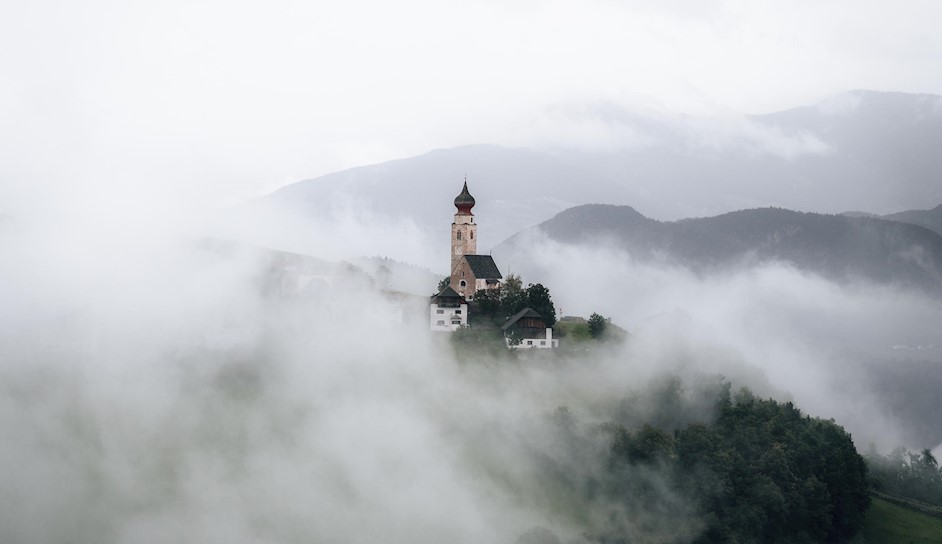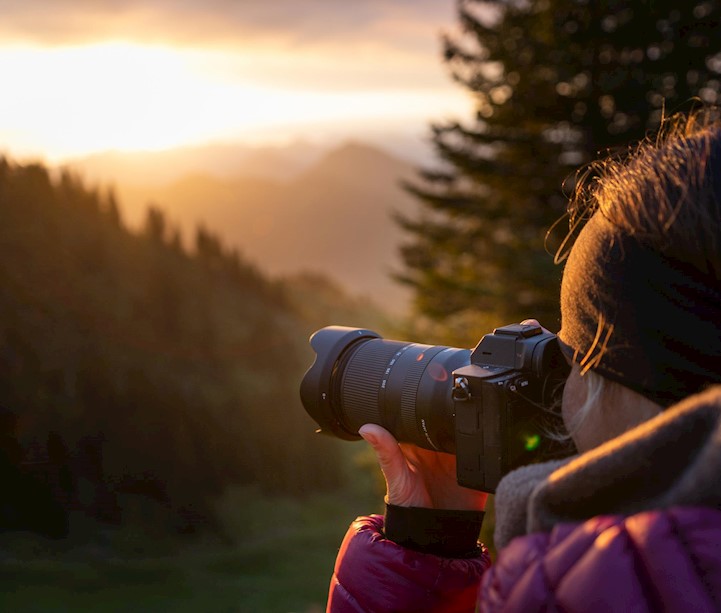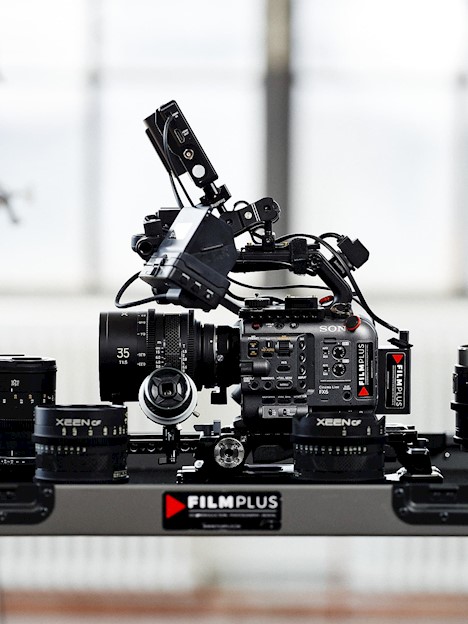First of all, let's decide what focal length you should have
The focal length is an important factor. This is because the focal length allows you to change the perspective of your image without having to move. A shorter focal length, approximately 24 mm, means that you can get a wider perspective when, for example, photographing landscapes. A longer focal length, around 200 mm, allows you to get closer to the subject.

There are two types of lenses when it comes to focal lengths - one that has a fixed focal length and the other that has a variable focal length. The lenses that only have a fixed focal length are called prime lenses and those that have a variable are called zoom. There are advantages and disadvantages to both of these types of lenses.
Fixed lenses are the most commonly used by professional photographers. They are smaller, usually a greater aperture than zooms and sharper.
The disadvantage of a fixed focal length is that if you want to get closer to your subject, you have to move physically forward or backwards.
Zoom lenses have the ability to change the focal length within a minimum and maximum value. Therefore, with a single lens, you can get a wide-angle and then adjust the focal length (zoom in) to capture a subject that is much further away.
These lenses are perfect if you do not have the opportunity to move so much. Bird photography is an area where zoom lenses are of utmost importance. Another is sports photography where you usually have a long distance to your subject.
Zooms are not only available in telephoto focal lengths but also in wide-angle.
Aperture
Another important feature of a lens is its maximum aperture. The larger the aperture a lens has, the easier it is to get a shorter depth of field and to shoot in low light situations.
In the lens name, this is the number that comes after the “f /” mark. Like focal length, it can contain a single number (eg f / 2.8) or multiple digits (eg f / 4-5.6). Single digits are given when the lens is a primary lens or if the maximum aperture is the same over the entire zoom range. Multiple numbers indicate the maximum aperture when you zoom.
Image stabilization (VC)
Optical image stabilization is a technique in which a system inside the lens moves small stabilizing elements in the lens to "stabilize" an image and compensate for hand movements when you press the shutter.
If the lens is equipped with an image stabilizer, it allows you to hold the camera longer without having to put it on a tripod to avoid motion blur
Build quality
A great build quality lets you use your lens in any type of weather. Most of Tamron lenses have weather seals that ensure use even in the harshest environment.

Optical construction
Different lenses have different lens constructions. Some have LD lenses that reduce chromatic aberration and some have XLD lenses to provide the best sharpness, in the glossary down below we explain all the different types of optical lenses.
The different types of lenses.
Photographing small insects in the forest or need a wide-angle for dramatic sunsets over the sea. Do you want to travel lightweight with a small prime lens or are you going to photograph tigers in India with a long telephoto zoom lens?
Tamron has a wide selection of all kinds of lenses for all kinds of photography, regardless of whether you just bought your first camera or have worked as a professional for over twenty years.
Below we list the different types of lenses.








